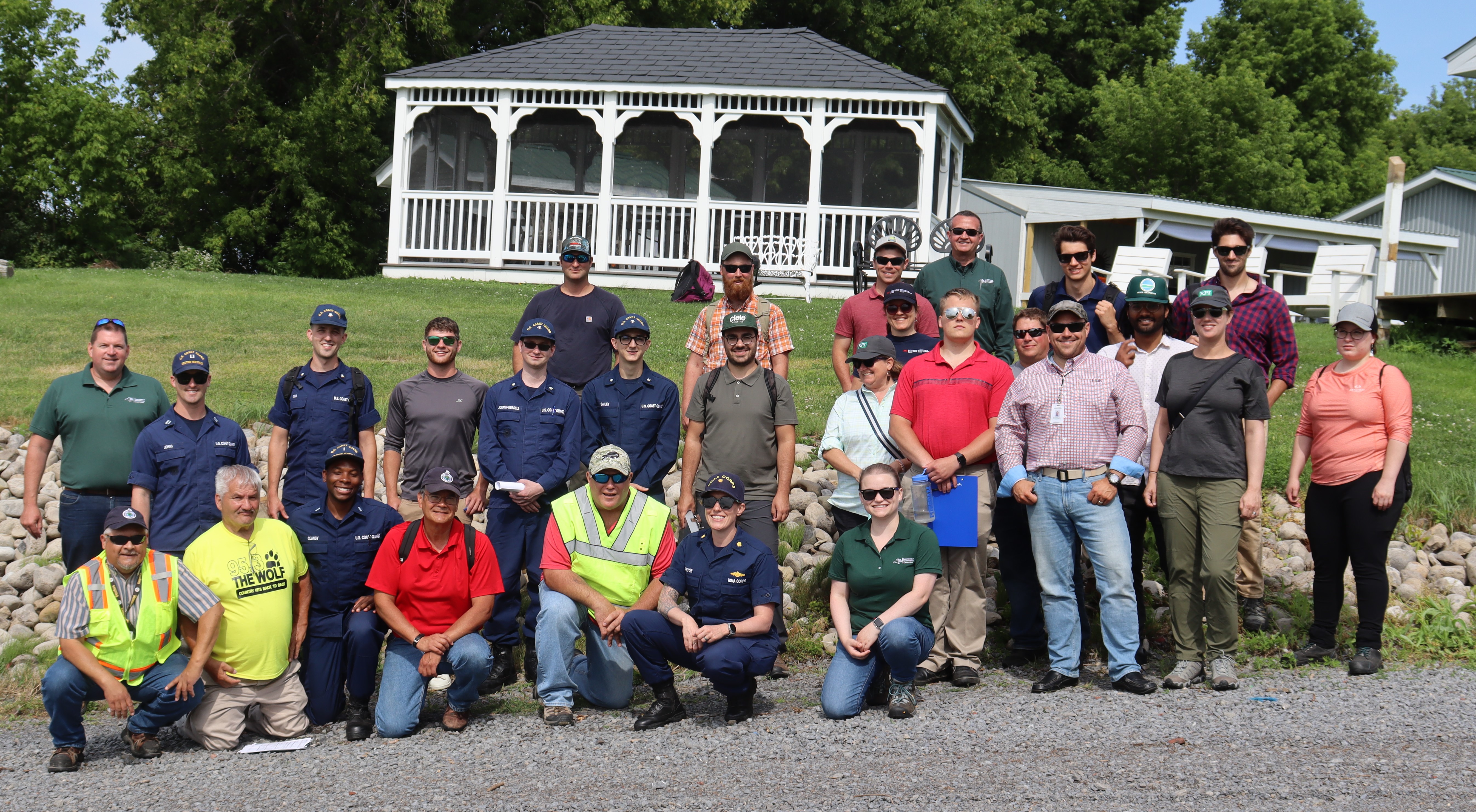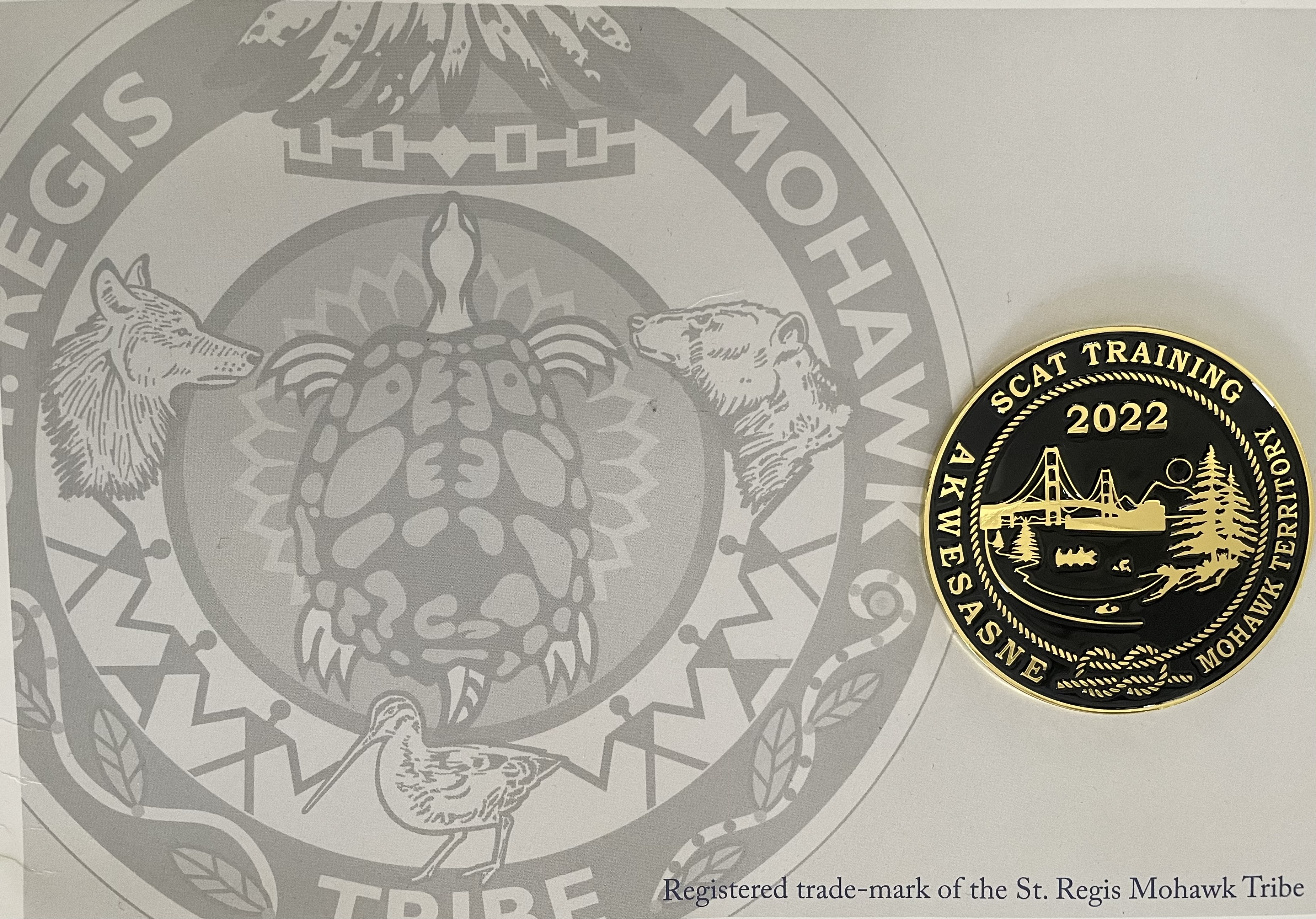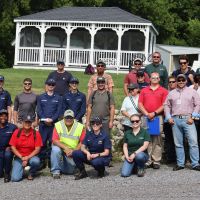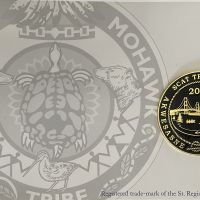Shoreline Cleanup Assessment Technique Class held in the Great Lakes — First in Three Years!
AUG. 1, 2022 — In 2019, a planning committee was formed to schedule class dates, define the class location, and narrow down field sites for NOAA’s Shoreline Cleanup Assessment Technique (SCAT) class.

The primary goal of the class was to provide training for the tribes and first nations in the Akwesasne region in upstate New York where the sensitive shorelines and cultural heritage sites are at risk due to maritime industries depending on the St. Lawrence River for access into the Great Lakes. Unfortunately, the class was put on hold until in-person training was safe for the students and the instructors.
After three long years, the training was completed July 13-15, 2022 with participation from a diverse group of students! The classroom consisted of students from the St. Regis Mohawk Tribe, the Oneida Nation, the Mohawk Council of Akwesasne, United States Coast Guard, New York Department of Environmental Conservation, Environment Canada, and St. Lawrence Seaway employees.
During the class, the students learned how to conduct an assessment of shorelines impacted by an oil spill, how to record data, and how to recommend clean up measures appropriate for the habitat type. With this training, these individuals understand the importance of clear and concise field entries into standard SCAT forms. Additionally, students learned how to use NOAA’s Environmental Sensitivity Index maps to access time critical information about shoreline types, biological species present, and human-use resources.
For further information, contact Rachel.L.Pryor@noaa.gov.
more images


 An official website of the United States government.
An official website of the United States government.


